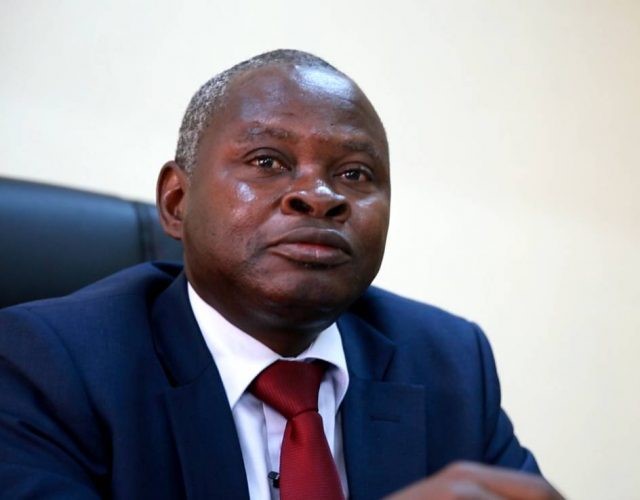As the Managing Director of the Togolese Rural Electrification and Renewable Energies Agency (AT2ER), what are your top electrification priorities? How do clean energy mini-grids feature in your plan?
The government of Togo created the Agency with the aim of boosting electrification in the rural areas, where more than 60% of the Togolese population live. Rural electrification in Togo will be promoted with innovative solutions. The goal is to achieve universal access by 2030, but we are committed to doing so well before then. Our priority is to develop the off-grid segment and attract private investment because we are convinced that with only public funds we will not be at the rendezvous. The government has launched the National Development Plan in which energy occupies a very important place and the electrification strategy of Togo is designed to meet this need. As a reminder, half of the Togolese population according to this strategy will be electrified by off-grid solutions and more specifically by solar technologies.
What do you see as your biggest challenges in promoting mini-grids and how do you work to address them?
The biggest challenge remains the high tariff level for low-income populations. To make it sustainable, subsidies in various forms are needed. For our specific case, apart from proposed investment grant (RBF), we have elaborated a number of studies to ease the task for future developers.
Are there stakeholders that you would like to see more involved and active in the Togolese mini-grids’ sector? Togo is a hub for young entrepreneurs in the energy access sector. Do you see a way to involve them in the electrification process?
We would like to see local entrepreneurship in general and young people in particular strongly involved. We understand this is a domain that requires a lot of resources and know-how.
Thanks to the funding from the Western African Development Bank, you recently published a tender for the electrification of 317 rural communities. Do you foresee more tenders like this in the future? Is there something that you would like the private sector/industry to know?
In the same stride, we have launched the recruitment of 3 solar kit operators to increase the total number of DESCOs (Distributed Energy Service Company) to 5 or 6 by 2020. Several other calls for tender will follow, but not in the field of off-grid. It will essentially be on-grid solar power plants. The government of Togo has shown its willingness to go towards renewables in partnership with the private sector and a favorable framework, the law 2018 – 010 of August 10th, 2018 was set up to attract private investors. But beyond the 2018 – 010 law, the whole business environment in Togo improved with the reforms made in the business climate in Togo. I will tell the private sector that Togo is the place to come and invest.
What kind of legal and institutional support do you anticipate for mini-grids, to mobilize private sector capital and players?
First of all, it must be said that off-grid in Togo in general, benefits from a large Momentum of the highest authority of the State which introduced the “CiZo cheque”, a direct subsidy to households to deal with energy expenditure. The law 2018 – 010 and the electrification strategy, according to international experts are very progressive and some agree that they are among the best in Africa. In addition to these aspects, the business environment, as we have already indicated, has improved significantly with the reforms. All these have created a favorable environment and the transparency with which we implement the process to reassure off-grid players (financial and private donors).
Tell us more about your annual target for off-grid electrification. What can other countries can learn from your experience?
AT2ER is still young with about 2 years of activity. Our approach to rural electrification, I think, is structured and methodical and strongly integrates the geographic information system. We have taken the time necessary to better understand the situation, develop strategies and are in the demonstration phase. This approach can be shared. To date we have equipped nearly 25,000 households with individual solar kits. Our goal is to reach 100,000 solar home systems by 2020 and about 150 mini grids by 2021.

